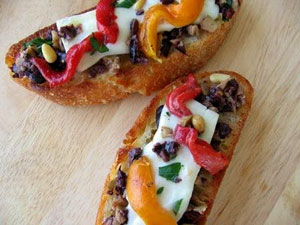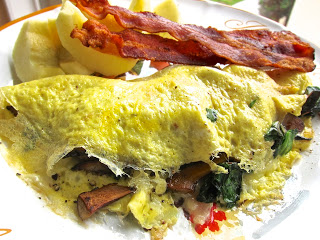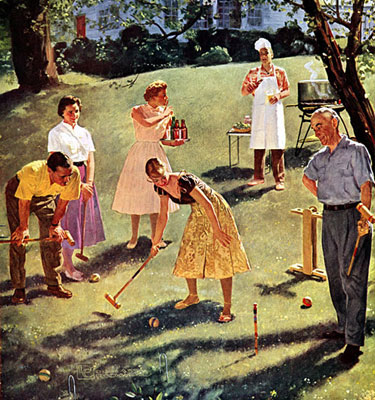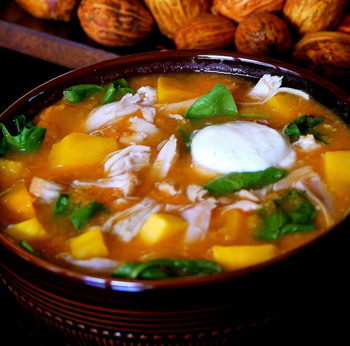 During the heat of summer I'm always looking for foods that are light, refreshing, and ultimately cool. I never crave hot foods in summer—and who does? The best cuisine for staying cool under the sun has always been Mediterranean. These foods, especially the dips and spreads, never make you feel like you've been weighed down. Many vegetables make a delicious dip, but eggplant dip is particularly popular in the region and beyond.
During the heat of summer I'm always looking for foods that are light, refreshing, and ultimately cool. I never crave hot foods in summer—and who does? The best cuisine for staying cool under the sun has always been Mediterranean. These foods, especially the dips and spreads, never make you feel like you've been weighed down. Many vegetables make a delicious dip, but eggplant dip is particularly popular in the region and beyond.
Baba ghanoush, the famous Lebanese dip, is part of a traditional meze platter, which can include, hummus, stuffed grape leaves, olives, and flatbread. In Greece they have a similar dip called melitzanosalata. The basic recipe consists of roasted eggplant that is mashed together with garlic and parsley. Tahini (sesame seed paste) and lemon juice can also be added for more flavor. That's all you need to create this appetizer. When you're looking for something simple for summer entertaining, baba ghanoush might just be your solution.

 Bruschetta and crostini? What's the difference?
Bruschetta and crostini? What's the difference?
 My love of stuffed mushrooms started when I was very young thanks to my Aunt Mary.
My love of stuffed mushrooms started when I was very young thanks to my Aunt Mary. I do love this time of year and cooking in a somewhat cooler climate makes me happy.
I do love this time of year and cooking in a somewhat cooler climate makes me happy. As with many good things, a cherished recipe resulted from an accident.
As with many good things, a cherished recipe resulted from an accident.
